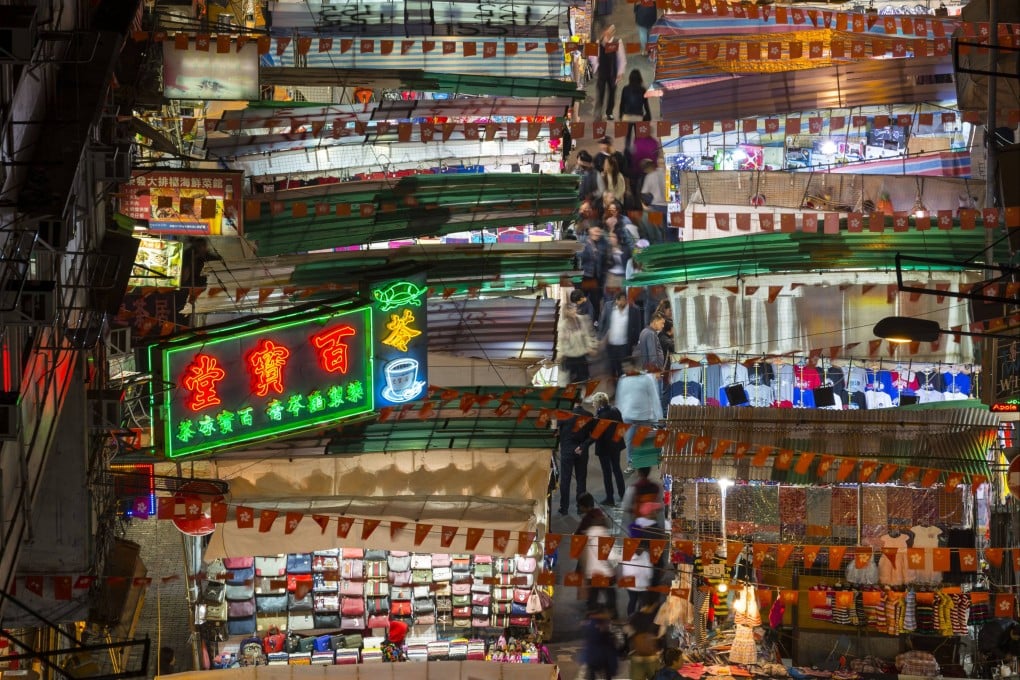Advertisement
Opinion | To bring tourists back, Hong Kong must focus on what makes it authentic and unique
- The city’s tourism torch-bearers must stem the mediocrity creep, reach out to a global audience and work with Cathay Pacific Airways to recreate the magic
Reading Time:3 minutes
Why you can trust SCMP
3

As Hong Kong struggles to entice tourists back, there is much head-scratching about what needs to be done. Bureaucrats are abuzz with talk of new attractions. The feeling is the city needs to be gussied up, Botoxed and set to work like some wrinkle-free circus elephant with a new bag of tricks.
This sort of thinking is muddled and misses the point. Hong Kong, like any other city, has to evolve to meet the needs of its residents. But this does not mean blind emulation of places like Dubai, successful as they may be.
The emirate was a desertscape until it went on a massive construction spree, plonking down hotels, show-off buildings and outlandish attractions. As the national airline attempted to turn the place into a long-haul stopover hub, people needed good reasons to visit.
Advertisement
Hong Kong has no need to morph into an adult Disneyland. Travellers will not stampede to Bruce Lee country for indoor skiing or Phuket-style crocodile shows.
It possesses a rich living heritage. It is a vibrant city at the crossroads of the East and West. It offers fast-paced commerce, neon-draped skyscrapers, intriguing Cantonese culture fraught with verbal missteps, can-do people, unrivalled food and a remarkable history. It has mountains, fine beaches and arguably the world’s best transport.
Advertisement
Hong Kong does not need the perfectly manicured reimaginings of Singapore. It is the genuine article with rough edges and attitude, and four seasons. It is time for the city’s tourism torch-bearers to stem the mediocrity creep and focus on the authentic and unique.
Advertisement
Select Voice
Choose your listening speed
Get through articles 2x faster
1.25x
250 WPM
Slow
Average
Fast
1.25x
